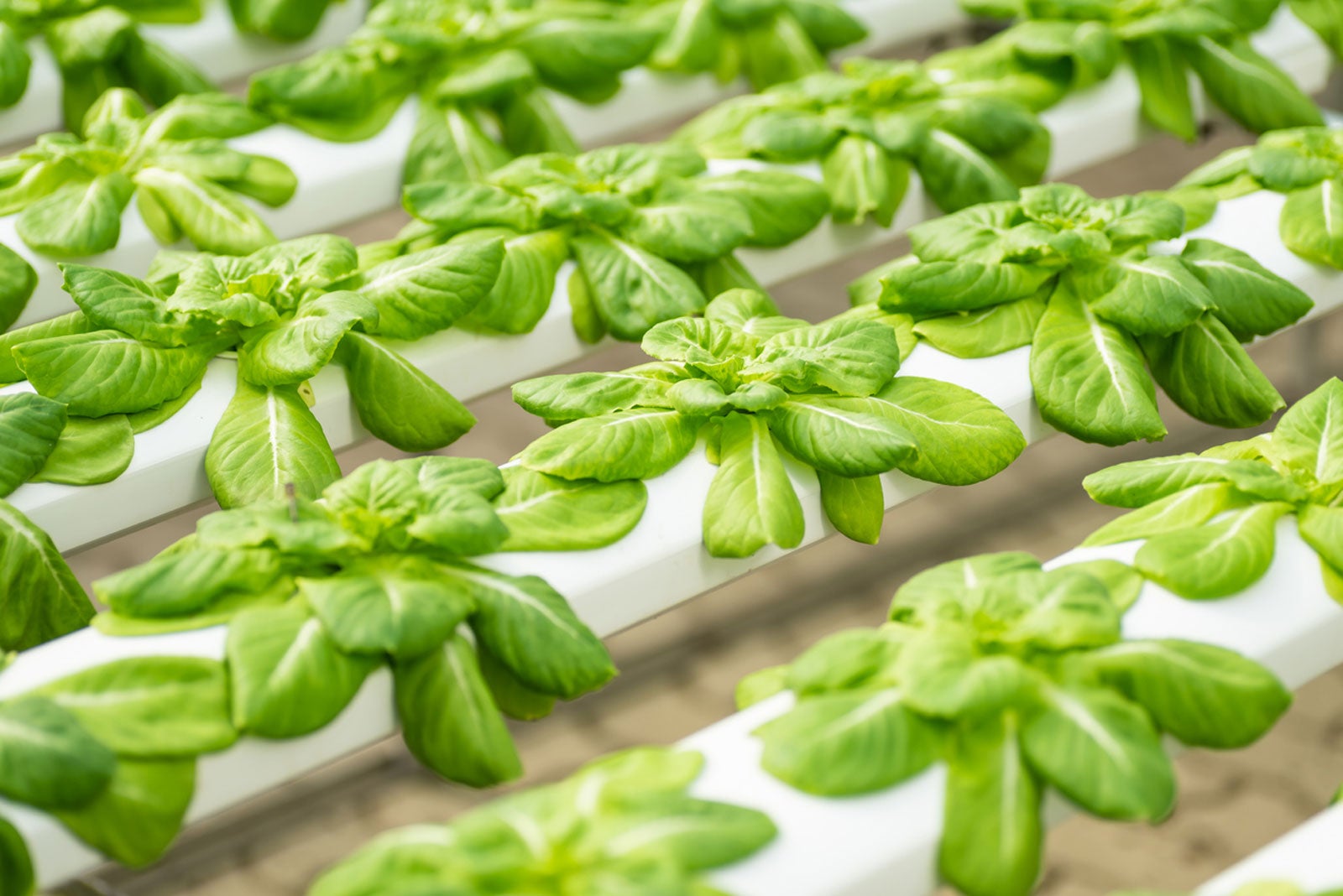Hydroponic Garden Types: Different Hydroponic Systems For Plants

hydroponic methods
(Image credit: Nungning20)

By
Mary H. Dyer
last updated
in Features
In simple terms, hydroponic systems for plants use only water, a growing medium, and nutrients. The goal of hydroponic methods is to grow faster and healthier plants by removing barriers between a plant’s roots and water, nutrients, and oxygen. Although there are numerous variations, gardeners generally choose one of six different types of hydroponics.
Hydroponic Garden Types
Below we offer basic information on different hydroponic systems.
- Wicking is the most simple and basic of the hydroponic garden types and has been used for centuries before hydroponic gardening was a “thing.” A wick system needs no electricity because it requires no air pumps. Basically, this hydroponic method simply uses a wicking system to draw water from a bucket or container to the plants. Wick systems are generally effective only for small setups, such as a single plant or a small herb garden. They are a good introduction for kids or beginning gardeners.
- Deep Water Culture (DWC) systems are also simple and inexpensive but can be used on a larger scale. In this system, plants are placed in a basket or net container with their roots dangling into a solution consisting of water, nutrients, and oxygen. This system is slightly more sophisticated than a wicking system and does require an air pump to keep the water circulating constantly. Deep water culture isn’t the best solution for large plants or for those with long growing periods.
- Aeroponic systems are more technical in nature and tend to be a little more expensive, but they’re not out of the realm of possibility for home gardeners. The plants are suspended in the air and the roots dangle into a chamber where specialized nozzles mist them with a nutrient solution. Many people prefer aeroponic systems because the roots are exposed to more oxygen and seem to grow faster than other hydroponic methods. However, a power failure or equipment problem, even one as simple as a clogged nozzle, can be disastrous.
- Drip system hydroponic garden types are relatively simple, and they’re widely used by home gardeners and commercial operations. There are a number of designs but, basically, drip systems pump a nutrient solution through tubing attached to a reservoir. The solution soaks the roots and then drains back down into the reservoir. Although drip systems are inexpensive and low maintenance, they may not be practical for a small garden.
- Ebb and flow systems, sometimes known as flood and drain systems, are inexpensive, easy to construct, and they don’t have to take up a lot of space. In simple terms, plants, containers, and growing medium are in a reservoir. A pre-set timer turns on a pump a few times a day and the nutrient solution, via the pump, floods the roots. When the water level reaches an overflow tube, it drains back down and recirculates. This system is efficient and highly customizable to suit your needs. However, a timer failure can cause roots to dry out quickly. Ebb and flow systems also use a large amount of growing medium.
- Nutrient Film Technique (NFT) is a fairly straightforward concept in which plants, in net pots, are placed in a tilted grow bed. The nutrient system runs along the bottom of the bed, usually in the form of a channel, then into a reservoir where a pump recirculates it back through the channel. While NFT is an effective type of hydroponic system, a pump failure can destroy a crop very quickly. Sometimes overgrown roots can clog the pathway. NFT works well for lettuce, greens, and other fast growing plants.
Gardening tips, videos, info and more delivered right to your inbox!
Sign up for the Gardening Know How newsletter today and receive a free copy of our e-book "How to Grow Delicious Tomatoes".

Writer
A Credentialed Garden Writer, Mary H. Dyer was with Gardening Know How in the very beginning, publishing articles as early as 2007.